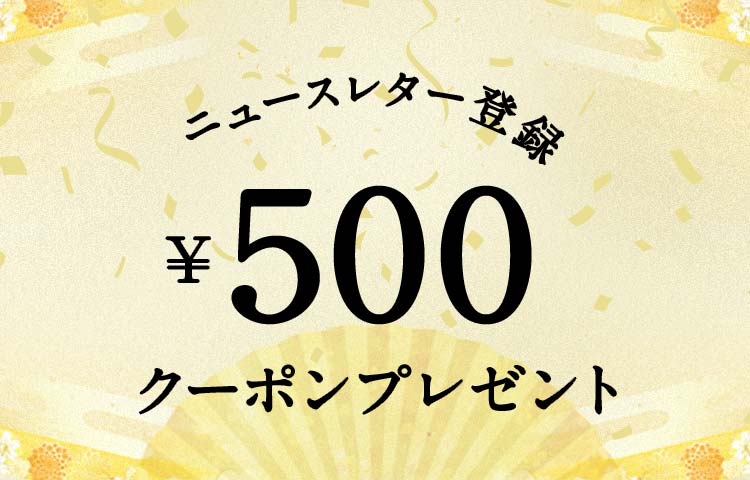Detail
| Product : | Rosary Container (L) (tenjyukokusyutomon) |
|---|---|
| Type : | 数珠入 |
| Size (cm) : | W17.0×H11.0 |
| Tags : | rabbit、 lagomorph (esp. leporids)、 Wrapping available、 fourth sign of Chinese zodiac (The Hare, 5am-7am, east, February)、 Japanese Accessories、 大サイズ、 Oriental Zodiac、 Pearl case、 Pattern_Tenshukoku embroidery with hare design、 Search_Gion_Festival_2025_object-2、 |
| Other : | The pattern may be different from the image shown due to the cutting process. Please understand this in advance. |
| Other : | Gift wrapping service available |
Reviews
Description
A pouch of brocade with ancient design, holded into half to contain.
Patterns
"Tenjukoku Mandala" Rabbit Design(Warp-patterned Brocade)

Chuguji is a convent-temple supposed to be built in the late 6th century and now located in the precinct of Horyuji Temple near Nara. There are preserved fragments of two embroideries called the "Tenjukoku Mandalas", National Treasure, which were executed after Prince Shotoku’s death in 622 at the order of his wife, depicting the prince living in a paradise known as Tenjukoku.
Adopted from the above embroidery work, the pattern of this brocade is composed of roundels showing a rabbit in the moon joyful wit h a sacred pot given by the Buddha according to a legend in ancient China. In a space between the roundels arranged are turtles inscribed with 4 different Chinese words on each back.
It is woven as a warp-patterned brocade in an attempt to realize the embroidering technique representing the Asuka culture (mid-6th to mid-7th century).















